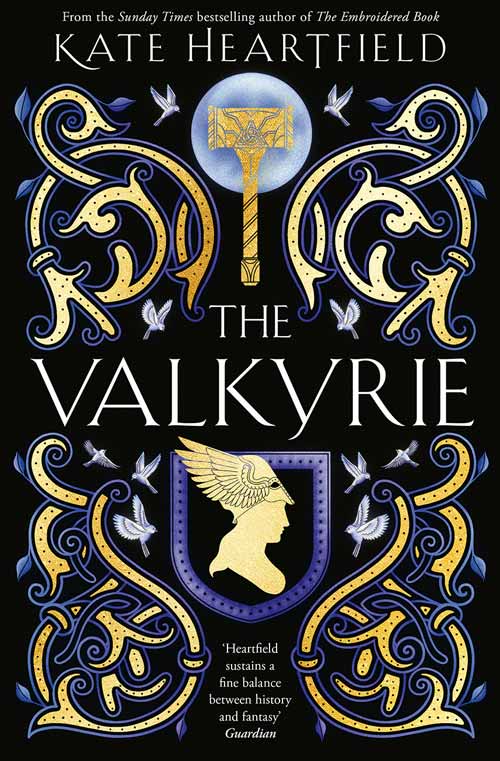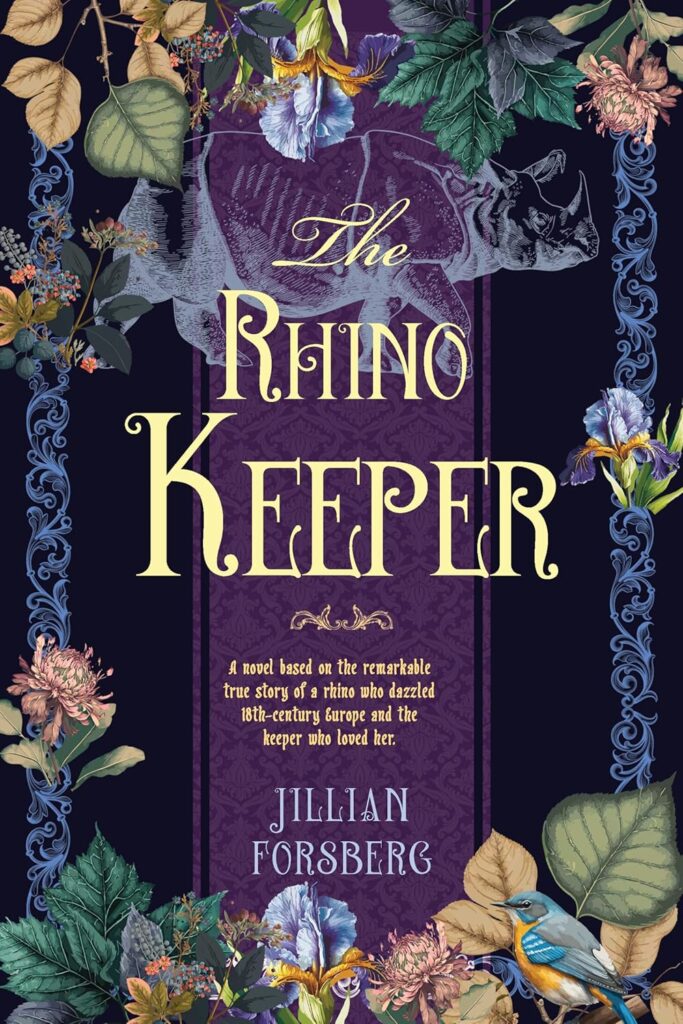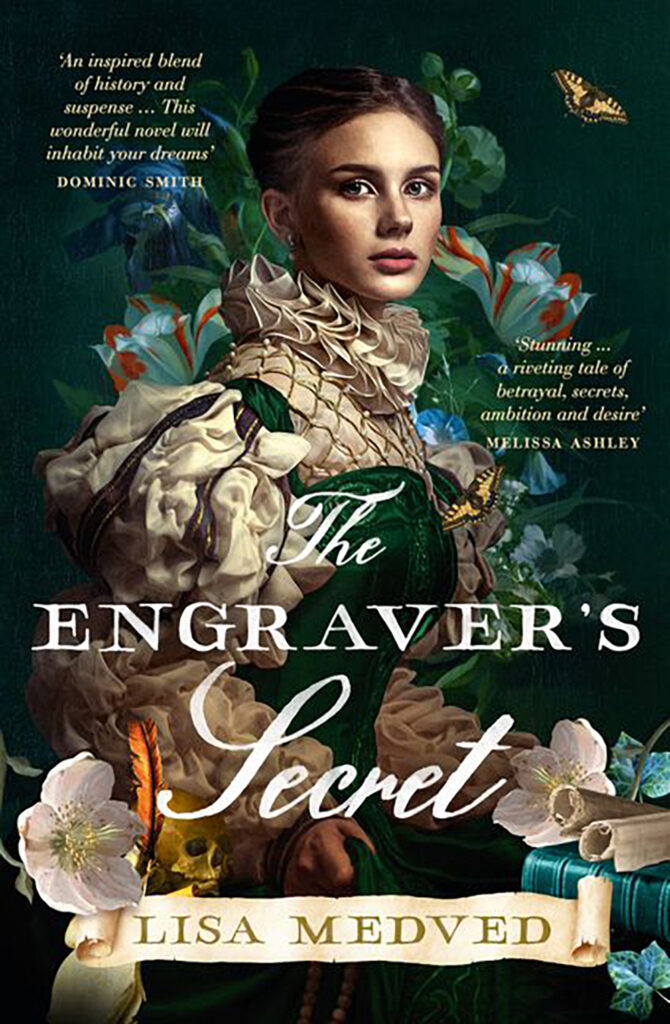The Slaughter Stone
Wales, 1389. When William learns of riches buried on an old farmstead once managed by his late father, he seeks tenancy for it. Unfortunately for him, the Priory has found other tenants: a Welsh family. In the upper meadows of this contested land is what’s known as Llech y Lladd, the Slaughter Stone, a remnant from a long-forgotten battle. The family’s daughter, Gwendolen, begins to learn the healing arts. However, in 1405, the entire family is pulled into the affairs of war as tensions between English and Welsh rise. With Gwendolen’s uncle Tomos away and her older brothers joining the rebels, she, her mother, and her youngest brother are alone on the farm that William Osborne will do almost anything to reclaim.
The narrative switches between Gwendolen, Tomos, and John, an English soldier and archer, along with a few chapters from William Osborne. Tomos is unwittingly pulled into carrying a secret message to the rebels and grapples with his responsibilities to his widowed sister, his part in the war, and his heart. Gwendolen hasn’t been in love until she meets John, who is part of the occupying English forces and should be an enemy. John has seen enough of killing and is faced with a choice: love or duty? With each representing a different side of the war, their voices are well constructed and compelling.
The author’s historical notes state that her novel’s “not a historical account.” With that in mind, other than some out-of-time eye rolls, the storyline feels period-authentic. Boyland’s research is evident as the richly layered setting and social details are vivid, enlivening the narrative. It was easy to feel the struggles of a poor family amidst the Glyndŵr revolt of 1405 in which, particularly for Gwen and her mother, there are few choices beyond survival. Recommended!










